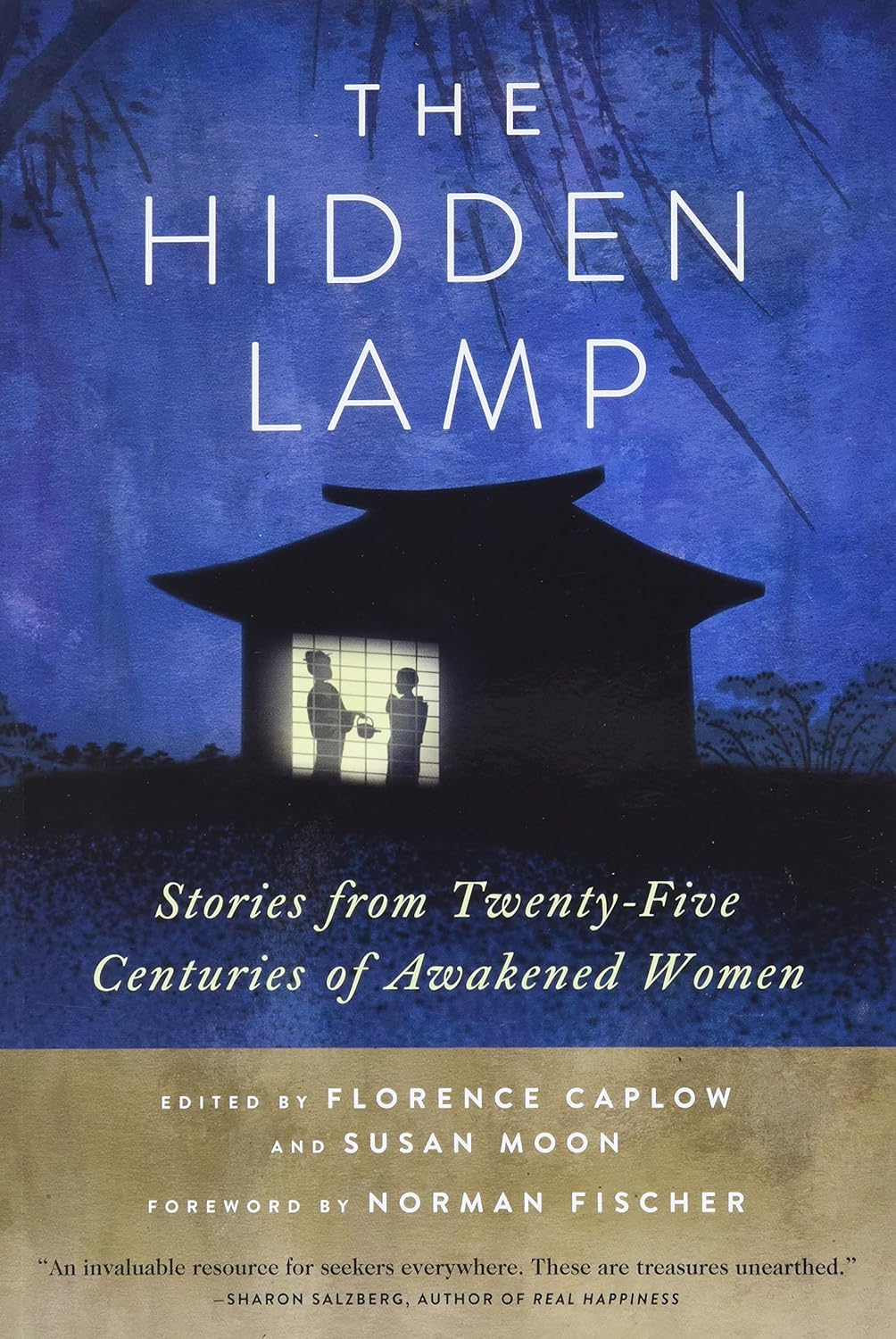LIT504A - Zhàn Zhuāng Qigōng Meditation (3 Units)
Prerequisite: None
Textbook: On Line Resources
10 week course
Éméi Zhàn Zhuāng Qigōng
(峨眉站桩氣內功)
During the early Qing era, many monks had traveled to Éméi (峨眉山) mountain and learned the Martial Arts and Nèigōngs (內功) taught there. Neigong practice is normally associated with the so-called “soft style”, “internal” or Nèijiā (內家) Chinese martial arts They eventually reached the Fujian temples and brought this internal martial arts influence there. The tiger based Nèigōngs from Éméi were said to have been brought to Fújiàn Shěng (福建省) by Báiméi (白眉). Today the Báiméi style is a dragon and tiger based martial art.
In 1050 ACE, a monk traveled to the top of Mt Éméi, one of China’s Four Holy Mountains. This monk trained and meditated on Éméi and, when he realized liberation, took the name Báiyún (White Cloud). Chàn Master Báiyún Shŏuduān (白雲守) wrote all his sacred knowledge, including his system designed to cultivate health and treat illness while striving to attain enlightenment, in a book called “The Éméi Treasured Lotus Cannon” which is currently being held in a Beijing Museum. Báiyún’s art consists of The Twelve Ways, The Six Tiger Steps (or Tiger Walking), Meditations, Healing Sounds, Medicine, Weapons, etc. Éméi neigong emphasizes healing, internal self-cultivation of Qi ((氣) energy), and the cleansing of one's heart so that one's true nature and latent abilities can emerge. In the Éméi system, the 12 Zhuang - Ways (or Paths), commonly known as 12 posts, are the Body Cultivation. These are specific short sets designed to un-lock and holistically link the body while keeping it healthy and strong. They are like India’s Yogic practices but of Chinese origin. In the Éméi system it is the Snake that binds the 12 Zhuāng and Éméi Art together. Per the 12th generation Grandmaster Fu Wei Zhong, the Mother of the 12 Ways is the Zhàn zhuāng (Heaven Post). According to Fu Wei Zhong: “Zhàn Za Zhuāng is to Éméi just as San Ti Shi is to Xing Yi”. The last Zhuāng in the Éméi art, Mei Za Zhuāng, is based on Meditation practice, one of four different types of meditations that the Éméi practitioner studies at that level. The Éméi 6 sets of Tiger Walking exercises are the 12 Ways for the Lower Half and uniting the Upper and Lower Half. Éméi Weaponry comes in three forms: Sword, Short Blade (Dagger) and Hand Spike, with the long weapons not being practical in the Éméi dense and mountainous terrain.
- Teacher: Ven. Myohye Do'an
- Teacher: Ven. Jiguang Sattva (Andrew A.)
BGI521 - Zen and Modern Film (3 Units)
No Prerequisites
Textbook: Multimedia Course with On-Line Videos
9 week course
To view popular movies on the subject of Zen and explore their entertainment value as well as their social merit.
- Teacher: Cheryl Barnes-Neff
BGI521 - Eastern Spirituality and Modern Film (3 Units)
No Prerequisites
Textbook: Multimedia Course with On-Line Videos
9 week course
To view popular movies on the subject of Eastern Spiritual Values and explore their entertainment value as well as their social merit.
- Teacher: Ven. Myeong'wol Jeonchan

In this course we explore the stories of historic and modern Zen Teachers through 100 historic kong-ans and commentary by modern teachers - women, all of them. Women have always brought a different flavor to Zen, both in practice and teaching, and it's all-too-often been overlooked. Here is your chance to dive into kong-an practice and look at it from a new perspective.
Books required:
The Hidden Lamp: Stories from Twenty-Five Centuries of Zen Women
Edited by Florence Caplow
ISBN: 978-0-86171-659-3
Amazon Link: https://www.amazon.com/Hidden-Lamp-Twenty-Five-Centuries-Awakened/dp/0861716590/ref=sr_1_1?crid=3NLC72NENVBMG&keywords=The+hidden+lamp&qid=1699815934&sprefix=the+hidden+lamp%2Caps%2C84&sr=8-1
- Teacher: Ven. Myeong'wol Jeonchan
- Teacher: Minh Tự

